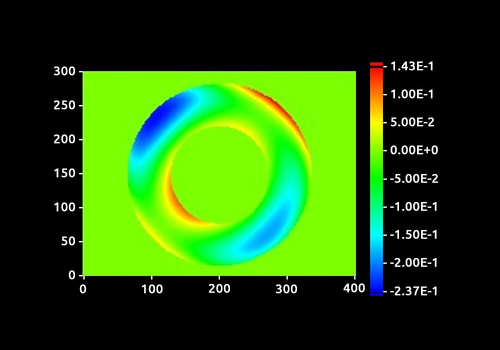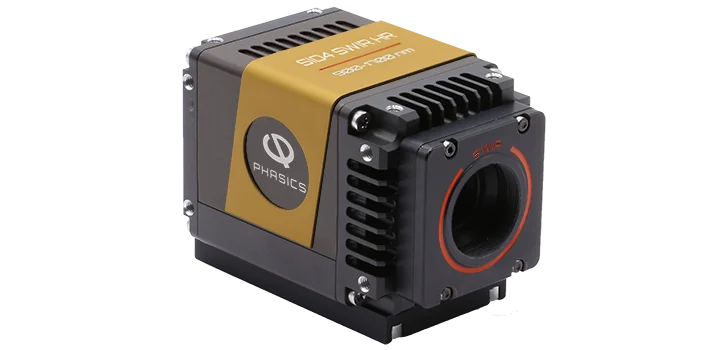In this figure, the SID4 wavefront sensor is coupled with the R-Cube illumination module. The beam generated by the R-Cube travels through the optical system, reflects on a reference mirror, and is finally measured by the SID4. The test is performed in double pass. The wavefront aberrations measured are twice the aberration of the optical system. Thanks to a live feedback of the wavefront and Zernike polynomials, it is possible to optimize the optical system alignment in order to minimize the wavefront aberrations.
Advantages
Live calculation
- Wavefront
- Zernike / Legendre polynomials
- PSF and MTF
Easy to integrate
- Camera-like device
- Not sensitive to vibration
- Compatible with any light source
Powerful capabilities
- High resolution (300 x 400 and more)
- High dynamics (500 µm PV)
- Nanometric resolution

























